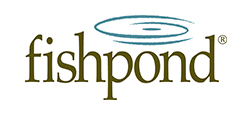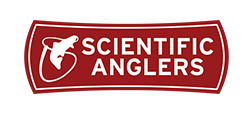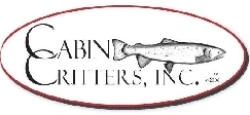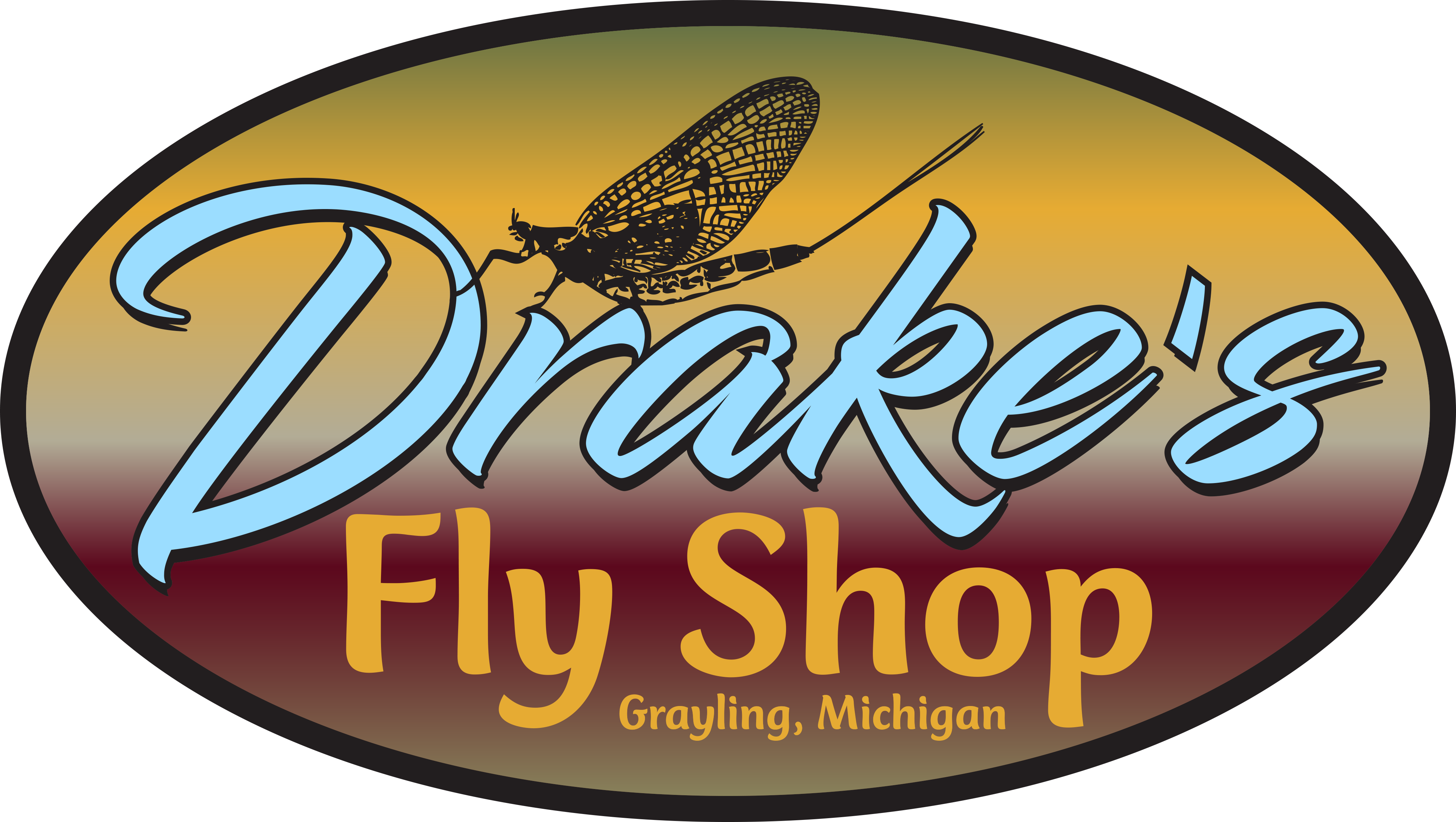Early Season Fly-Fishing: April – May
Most hatches occur between the hours of 1:00p.m. and 6:00 p.m, with 3:00-5:00 being the best time. Water temperatures should be around 50 degrees F. for good hatches to commence.
Spinner falls in the evenings are usually very good, as long as the ambient air temperature remains above 50 degrees F, and there is little to no wind.
Early season fly hatches occur in the following order:
-Hendrickson’s (late April to mid-May). The Parachute Borcher’s works very well during this hatch. I like to use a size #14 Borcher’s. Try fishing a #14 Hare’s Ear or Hendrickson Nymph an hour or so before the hatch is about to begin …these can be deadly pattern’s just before the hatch! Some stretches of river in the last few years have become legendary for this hatch, and some very large fish can be caught in the daytime on small dry’s!
-Black Caddis, Olive Caddis & Olive Para Duns immediately follow the Hendrickson hatch with some obvious overlapping between hatches.
-Light Cahill’s & Sulfur Duns follow the Caddis hatches. In addition to the traditional patterns found in the display cases, the Robert’s Drake works extremely well. The Robert’s Drake is by far the most widely used pattern, not to mention, versatile fly pattern for this area. It is tied and fished on hook sizes ranging from #20 to #2. However, at this time of year, the smaller sizes from #18 to #12 are most appropriate.
If you happen to be fishing on a warm morning, you may see an occasional spinner fall of Hendrickson’s at this time. This is somewhat of a rare occurrence, but it could happen, especially after a consecutive string of cool to cold nights. More likely than not, if there is no top water action, you should try fishing a streamer pattern. I particularly like to fish the Royal Coachman Streamer in a size #10 or a Wet Skunk in a size #12 or #8. Others also like to fish these same patterns, or try their luck with a Muddler Minnow.
We try to offer the best selection of fly’s for this specific area.
Most importantly, get out and fish, it’s a beautiful place to be!
Good Luck!
Mid-Season Fly-Fishing: June to Mid-July
This is the time of year that so many fly fisherman look forward to—when the big fish start to participate in the sport a bit more!!
Look for Brown Drakes to begin hatching as early as memorial weekend. The first week of June is the peak time. Drakes typically begin hatching at dark, and depending upon what stage the hatch is in, hatches can be either light, heavy, or sporadic most of the night. Spinner falls sometimes happen 1-2 hours before dark, making for some great sight fishing for large risers!
The Hexaginia Limbata (better known as “the Caddis hatch” or “the Hex hatch”) begins approximately June 15th -17th. Hex flies and Brown Drakes do hatch together during the transition time, but the drakes are much smaller and the hatch is lighter then. Therefore, fish a hex dun for better results.
Water temperature plays a key part in both hatches. When the water temperature hits 70 degrees, you might just as well call it quits, unless, you know that the air temperature is going to cool enough so that there will be radial cooling of the water…the fish can get real lethargic when the water temperature is 70 degrees or above for an extended time. It is rare when fishing is good over 70 degrees. Caution should be taken not to play large fish out too long in warmer water due to added stress on the fish.
A great fly to fish this time of year before dark (especially if you know that the Drakes have been hatching for a while) is the Robert’s Drake in a size #10. If you’re lucky enough to fish from an Ausable River Boat, a Robert’s Drake, size #10 or Ron’s Mahogany Drake, fished blind in runs and in front of jams the last couple of hours before dark can bring surprising results!
Streamers can still be fished at this time of the season, but concentrate your efforts in the early morning hours when the sun first comes up. You might be pleasantly surprised at the number of fish you will scare out of the shallows after an all-night feed.
Get out there and catch some fish! It’s a great place to be!
Good Luck!
Late Season Fly Fishing: Mid-July to Late September
Morning:
Look for Trico’s to hatch just after daylight (size #28-#18!). Spinner falls occur by 10:00 a.m.-11:00 a.m., depending upon air temperature. Olives also hatch in the morning around 9:00 a.m. or so. Look for spinner falls of Olives to commence at dark (I’ve seen some heavy spinner falls, especially in Mid-late August). If all else fails, try fishing a streamer: i.e., Royal Coachman, Muddler, Wet Skunk, etc…
Afternoon:
This time of the day is Terrestrial Time! Try fishing a Grasshopper, Ant, Deer fly, Bee, Tarantula or Dry Skunk. The best time to fish these patterns is from 11:00 a.m. to 5:00 p.m. Keep in mind that windy days are very good for Grasshopper fishing! A good rule of thumb to remember fishing in the daytime is to fish bright colored flies on dark days, and dark colored flies on bright days.
Evening:
During the last hour of daylight, look for the Olive spinner falls to occur. Once again, mid to late August the olive spinner drops can be heavy on certain stretches. Also in August, the White Millers (Ephron) and White Caddis begin to hatch. The Miller’s hatch near dark, and the spinner fall is an hour or so after dark. This hatch is heavy in Mio water, and is the last big mayfly hatch of the season in terms of numbers. The Ephron hatch, a.k.a. the ‘White Fly’, can come off enough to give the illusion of a snow storm, and during a heavy hatch/spinner drop an all-out blizzard. After dark this time of year can also be a good time to fish a Wooly Bugger or go ‘Mousing’.
Last, but not least, just get out and fish!
Happy Fishing!

















